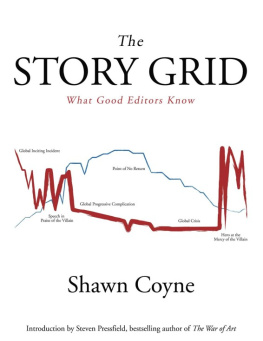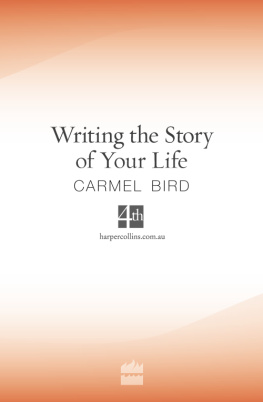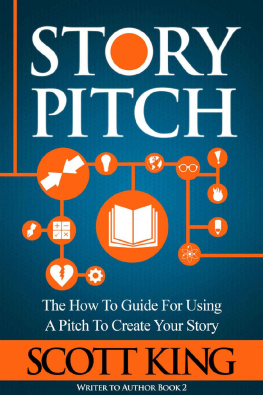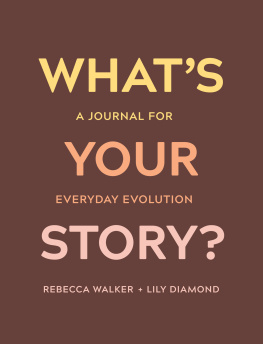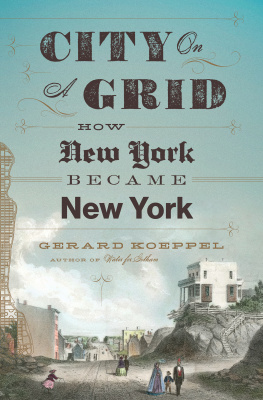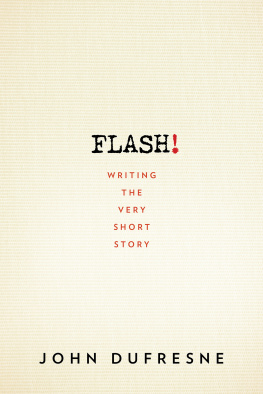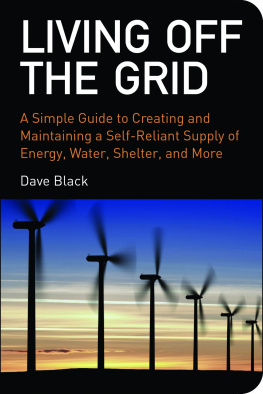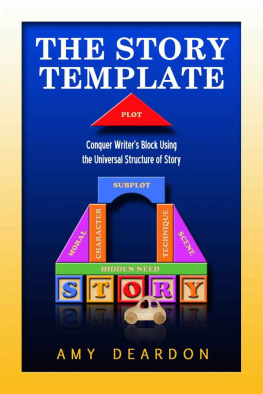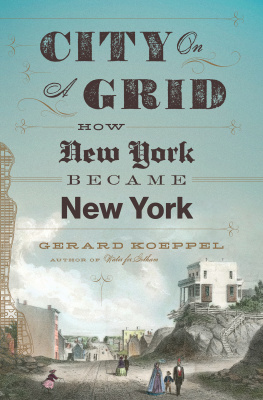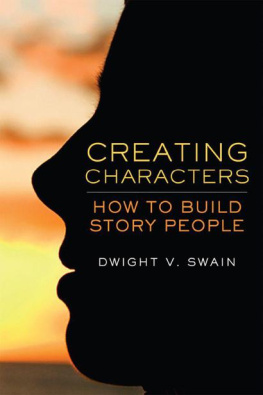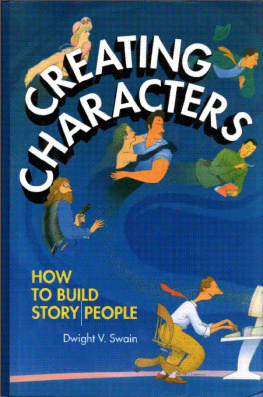THE
STORY
GRID
What Good Editors Know
SHAWN
COYNE


BLACK IRISH ENTERTAINMENT LLC
ANSONIA STATION
POST OFFICE BOX 237203
NEW YORK, NY 10023-7203
COPYRIGHT 2015 SHAWN COYNE
COVER DESIGN BY MAGNUS REX
EDITED BY STEVEN PRESSFIELD
ALL RIGHTS RESERVED
FIRST BLACK IRISH ENTERTAINMENT EDITION APRIL 2015
FOR INFORMATION ABOUT SPECIAL DISCOUNTS FOR BULK PURCHASES,
PLEASE VISIT WWW.BLACKIRISHBOOKS.COM
ISBN: 978-1-936891-35-1
EBOOK ISBN: 978-1-936891-36-8
PRINTED IN THE UNITED STATES OF AMERICA
1 2 3 4 5 6 7 8 9 10
For Bibb, Bleecker, Waverly and Crosby
Contents
Preface
FOR RAMEN NOODLE EATERS
I n the days, months and years to come, it is my intention to map out Story Grids for as many novels (and some key nonfiction works) as possible. You can follow my work at www.storygrid.com and get free access to everything I do.
No joke. Its free.
Would I prefer that you buy this expensive textbook instead? Pay even more to view or attend lectures? Hire me for an outrageous sum to give you personal tips?
Well, sure I would.
But, heres the thing:
When I started out, there were very few people in book publishing who shared what they knew. Almost no one would. So I had to learn 99.9% of what I know and what I write about in this book myself. It took me twenty-two years to do that. And three years to write this book.
I can only wonder what I would have been able to do if I were given access to this information all those years ago. For Free!
I was broke back then. I walked a lot of times to work because I didnt want to spend the subway fare to get there. And I spent practically every weekend at my desk at the publishing office because where I lived wasdark, dank and depressing. Plus it had no air conditioning in the summer and poor heat in the winter.
But I would have done the same thing even if I had lived in the penthouse of Trump Tower.
I love what I do and Im not complaining about my lifes path or work. I just think it would have been incredible if there were something like The Story Grid available to me back then.
So if youre that man or woman eating ramen noodles every night and staying every waking hour at the office trying to figure out how to write a great Story or edit a great Story, go to www.storygrid.com and dive into the archives. Youll get everything you need there. And after youve sold your novel or gotten that big job, buy a copy of this book and give it to someone like you werebefore you made it big or even just big enough. And continue the conversation.
Stories are the most important thing we humans can create.
We need more Story nerds! As one to another, I hope you get something out of this book to make your work better.
Shawn Coyne
New York
March 2015
Introduction
BECOMING OUR OWN EDITORS
I t was the great Maxwell Perkins, if Im not mistaken, who told Hemingway to get rid of the first two chapters of The Sun Also Rises. Hemingway did. The book made him famous.
Perkins got Thomas Wolfe to cut ninety thousand words from Look Homeward, Angel. He whipped twenty shoeboxes of raw manuscript into Of Time and the River.
Do you know what an editor does? I dont either. All I know is its make-or-break, do-or-die, indispensable, cant-do-without, gotta-have-it.
But theres one problem:
Editors dont exist any more, at least not in the grand Old School sense.
These days if youre lucky enough to get your book picked up by a major publisher, you may get taken to lunch by your editor. You may receive a few consultatory e-mails. You may even get a three-page memo of notes.
But you will not get Maxwell Perkins.
If youre indie-publishing or self-publishing, youll get no editor at all.
Its a hard fact of the twenty-first-century book biz that the writer, for all intents and purposes, has to be her own editor.
You and I are expected to deliver a Story that works, a manuscript thats flawless, a book thats ready for the printer.
Thats editing. (Or, more accurately, self-editing.)
But what is editing?
Is it correcting grammar? Spell-checking? Syntax tweaking?
When I was working on my third book, Tides of War, Shawn Coyne was my editor at Doubleday in New York. He read the manuscript (which was almost nine hundred pages long). He studied it. He lived with it. Then he got on a plane and flew out to Los Angeles, where I live. Shawn stayed with me for three days. He worked with me around the clock, explaining what was working in the Story and what wasnt and whyand, more importantly, showing me what I needed to do to fix it. He left me with a twenty-six-page single-spaced memo. I still have it.
It took me four more drafts and nine months before Shawn accepted the manuscript.
Thats editing.
Over a twenty-five-year career as editor, publisher, agent, manager and writer, Shawn has been part of more than 350 books, 97 of which have become national bestsellers in North America. Books he has edited or published have sold over fifteen million copies. But until I began working with Shawn as a partner in our own small publishing company, I had no idea of the depth of an editors contribution.
A great editor sees the Story globally and microscopically at the same time. He has x-ray vision. He looks down from thirty thousand feet. A great editor can break down a narrative into themes, concepts, acts, sequences, scenes, lines, beats. A great editor has studied narrative from Homer to Shakespeare to Quentin Tarantino. He can tell you what needs fixing, and he can tell you how to fix it.
How many editors of that caliber are working today? Im guessing now. A dozen? Two? No more.
But what about us, the writers? How many novels have we written that are near-brilliant, almost-great, wildly-promising-but-not-quite-fulfilled? Whats missing? What did we get wrong?
Whats missing is editing. Story analysis. Concept, character, and narrative breakdown.
But how do you learn editing? They dont teach it at Harvard and they dont school you at Random House.
A great editor has to teach himself. He learns through experience, through manuscript after manuscript and book after book.
A great editor develops a system, a philosophy. He distills the arcane and the academic into a working model thats clear, practical, and usable.
Shawn did that.
He calls his method The Story Grid.
It took me twenty-two years [Shawn writes] to figure out The Story Grid was not something that any other book editor I knew used. After innumerable lunch and drink dates, I found out that they didnt create their own method to evaluate work by studying Story structure. And they thought I was kind of a nerd for doing that myself.
The writer is allowed to be crazy. Shes permitted to wing it, to plunge ahead on instinct, to follow her Muse and let her Story rip. But its the editor who has to take that Story and make it work.
A great editor has to fathom the narratives underlying design (of which the artist is often blissfully unaware), and if there is no design, he has to draw one forth from the existing material. He has to chart the Storys movements, conflicts, themes and counter-themes, its values and the valences of those values. Hes the mechanic. Hes the surgeon. His left brain makes the artists right brain work.

